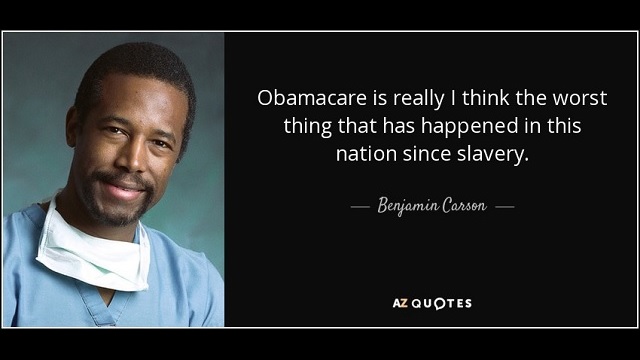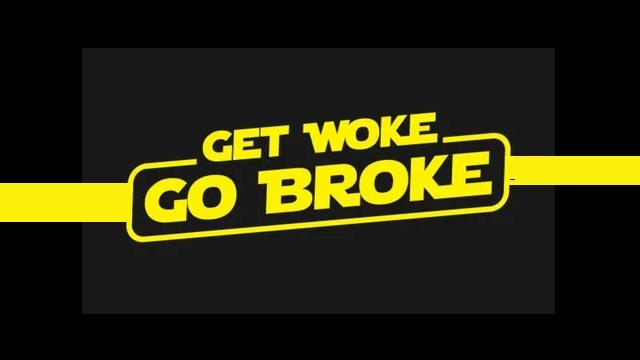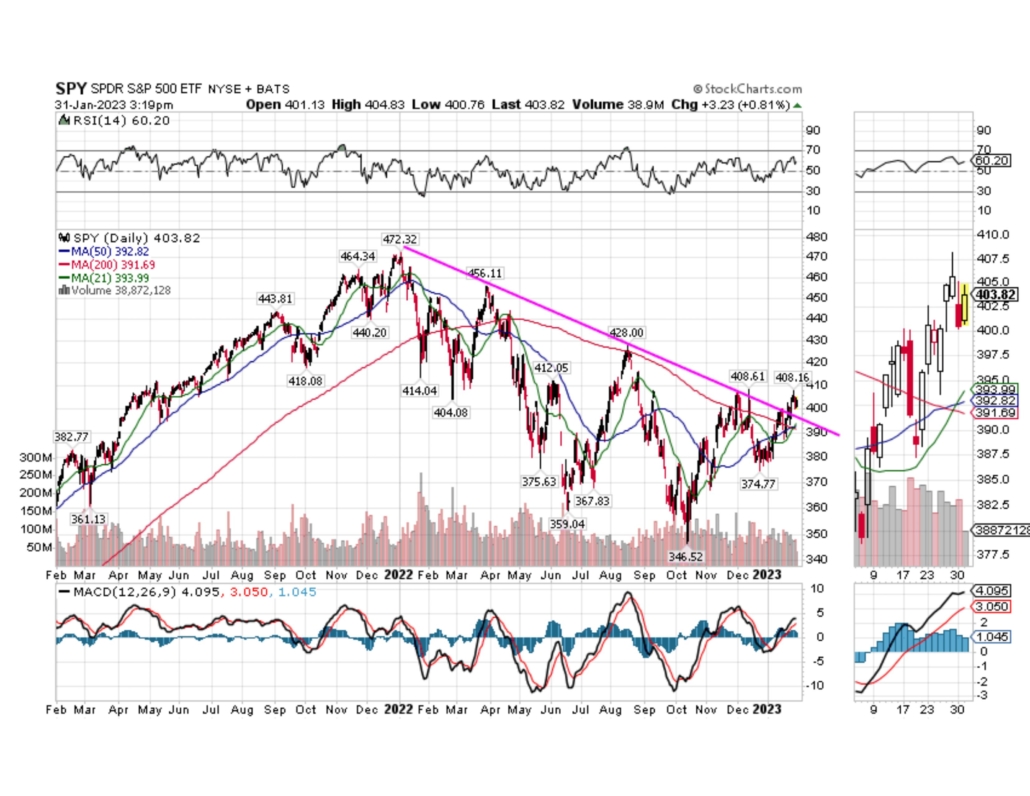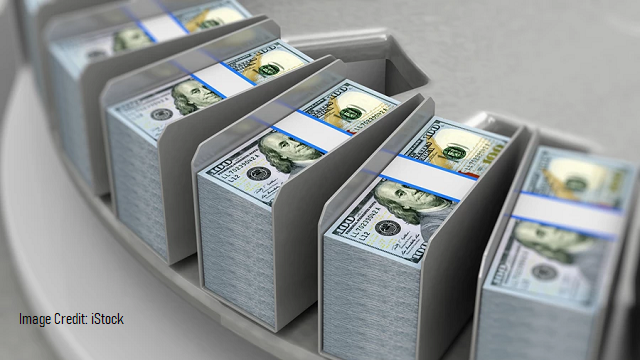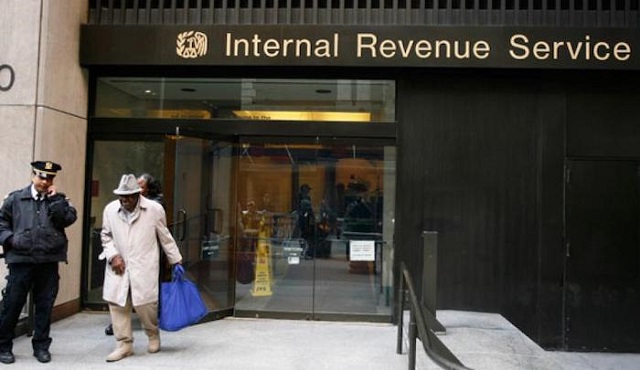
It may sound cruel to say so, but such thinking closely mirrors that of the Khmer Rouge in Cambodia.
Planned economics is enjoying yet another revival. Climate protection advocates and anti-capitalists are demanding that capitalism be abolished and replaced with a planned economy.
Otherwise, they claim, humanity has no chance of survival.
In Germany, a book called Das Ende des Kapitalismus (English: The End of Capitalism) is a bestseller and its author, Ulrike Hermann, has become a regular guest on all the talk shows. She openly promotes a planned economy, although this has already failed once in Germany—just like everywhere else it has been tried.
Unlike under classical socialism, in a planned economy, companies are not nationalized, they are allowed to remain in private hands. But it is the state that specifies precisely what and how much is produced.
There would be no more flights and no more private motor vehicles. The state would determine almost every facet of daily life—for example, there would no longer be any single-family houses and no one would be allowed to own a second home. New construction would be banned because it is harmful to the environment. Instead, existing land would be distributed “fairly,” with the state deciding how much space is appropriate for each individual. And the consumption of meat would only be allowed as an exception because meat production is harmful to the climate.
In general, people should not eat so much: 2,500 calories a day are enough, says Herrmann, who proposes a daily intake of 500 grams of fruit and vegetables, 232 grams of whole meal cereals or rice, 13 grams of eggs, and 7 grams of pork.
“At first glance, this menu may seem a bit meager, but Germans would be much healthier if they changed their eating habits,” reassures this critic of capitalism. And since people would be equal, they would also be happy: “Rationing sounds unpleasant. But perhaps life would even be more pleasant than it is today, because justice makes people happy.”
Such ideas are by no means new. The popular Canadian critic of capitalism and globalization, Naomi Klein, admits that she initially had no particular interest in climate change. Then, in 2014, she wrote a hefty 500-page tome called This Changes Everything: Capitalism vs. the Climate.
Why did she suddenly become so interested?
Well, prior to writing this book, Klein’s main interest was the fight against free trade and globalization. She says quite openly: “I was propelled into a deeper engagement with it partly because I realized it could be a catalyst for forms of social and economic justice in which I already believed.” She calls for a “carefully planned economy” and government guidelines on “how often we drive, how often we fly, whether our food has to be flown to get to us, whether the goods we buy are built to last … how large our homes are.” She also embraces a suggestion that the most well-off 20 percent of the population should accept the largest cuts in order to create a fairer society.
These quotes – to which many more such statements in Klein’s book could be added – confirm that the most important goal of anti-capitalists such as Herrmann and Klein is not to improve the environment or find solutions for climate change. Their real goal is to eliminate capitalism and establish a state-run, planned economy. In reality, this would involve the abolition of private property, even if, technically, property rights continued to exist. Because all that would be left is the formal legal title of ownership. The “entrepreneur” would still own his factory, but what and how much it produces would be decided by the state alone. He would become an employed manager of the state.
The biggest mistake planned-economy advocates have always made was believing in the illusion that an economic order could be planned on paper; that an authority could sit at a desk and come up with the ideal economic order. All that would be left to do would be to convince enough politicians to implement the economic order in the real world. It may sound cruel, but the Khmer Rouge in Cambodia also thought that way.
The most radical socialist experiment in history, which took place in Cambodia in the mid to late 1970s, was originally conceived in the universities of Paris. This experiment, which the Khmer Rouge leader Pol Pot (also referred to as “Brother 1”) called the “Super Great Leap Forward,” in honor of Mao’s Great Leap Forward, is most revealing because it offers an extreme demonstration of the belief that a society can be artificially constructed on the drawing board.
Today, it is often claimed that Pol Pot and his comrades wanted to implement a puritan form of “primitive communism,” and their rule is painted as a manifestation of unrestrained irrationality. In fact, this couldn’t be further from the truth. The Khmer Rouge’s masterminds and leaders were intellectuals from upstanding families, who had studied in Paris and were members of the French Communist Party. Two of the masterminds, Khieu Samphan and Hu Nim, had written Marxist and Maoist dissertations in Paris. In fact, the intellectual elite who had studied in Paris occupied almost all of the government’s leading positions after the seizure of power.
They had worked out a detailed Four-Year Plan that listed all the products the country would need in exacting detail (needles, scissors, lighters, cups, combs, etc.). The level of specificity was highly unusual, even for a planned economy. For example, it said, “Eating and drinking are collectivized. Dessert is also collectively prepared. Briefly, raising the people’s living standards in our own country means doing it collectively. In 1977, there are to be two desserts per week. In 1978 there is one dessert every two days. Then in 1979, there is one dessert every day, and so on. So people live collectively with enough to eat; they are nourished with snacks. They are happy to live in this system.”
The party, the sociologist Daniel Bultmann writes in his analysis, “planned the lives of the population as if on a drawing board, fitting them into pre-determined spaces and needs.” Everywhere, gigantic irrigation systems and fields were to be built to a uniform, rectilinear model. All regions were subjected to the same targets, as the Party believed that standardized conditions in fields of exactly the same size would also produce standardized yields. With the new irrigation system and the checkerboard rice fields, nature was to be harnessed to the utopian reality of a fully-collectivist order that eliminated inequality from day one.
Yet the arrangement of irrigation dams in equal squares with equally square fields in their center led to frequent floods, because the system totally ignored natural water flows, and 80 percent of the irrigation systems did not work—in the same way that the small blast furnaces did not work in Mao’s Great Leap Forward.
Throughout history, capitalism has evolved, just as languages have evolved. Languages were not invented, constructed, and conceived, but are the result of uncontrolled spontaneous processes. Although the aptly named “planned language” Esperanto was invented as early as 1887, it has completely failed to establish itself as the world’s most widely spoken foreign language, as its inventors had expected.
Socialism has much in common with a planned language, a system devised by intellectuals. Its adherents strive to gain political power in order to then implement their chosen system. None of these systems have ever worked anywhere—but this apparently does not stop intellectuals from believing that they have found the philosopher’s stone and have finally devised the perfect economic system in their ivory tower. It is pointless to discuss ideas like Herrmann’s or Klein’s in detail because the whole constructivist approach—i.e. the idea that an author can “dream up” an economic system in their heads or on paper—is wrong.
The historian and sociologist Rainer Zitelmann is the author of the book IN DEFENCE OF CAPITALISM which is being published in 30 languages.
AUTHOR
Dr. Rainer Zitelmann is a historian and sociologist. He is also a world-renowned author, successful businessman, and real estate investor. Zitelmann has written more than 20 books. His books are successful all around the world, especially in China, India, and South Korea. His most recent books are The Rich in Public Opinion which was published in May 2020, and The Power of Capitalism which was published in 2019.
RELATED ARTICLE: New Hampshire Bakery Ordered to Remove Mural Because It Depicts Pastries
EDITORS NOTE: This FEE column is republished with permission. ©All rights reserved.


